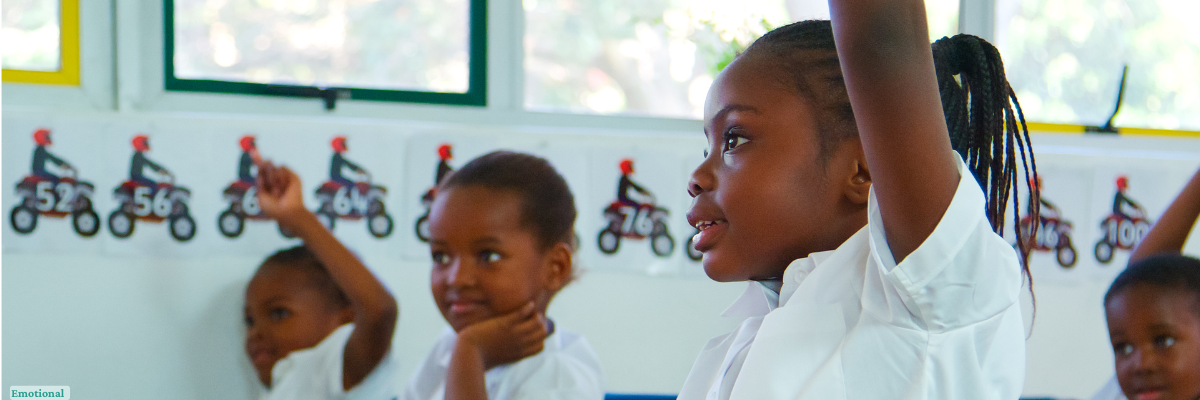
If you’re an educator, I don’t need to tell you about the harmful effects of cellphones in the classroom on learning and mental health. Teachers are fighting this battle every day. Administrators tell me that teachers are begging them to implement policies for limiting or banning cellphones in school. The idea is gaining momentum across the country.
If you’re thinking about enacting a cell phone policy in your schools, you probably have many questions. Fortunately, we can learn from schools and districts that are leading the way. Since there are no standards yet for banning phones, districts are crafting new strategies to meet the growing needs of their communities.
Recently we published the stories of schools/districts that have restricted student phones with very different policies. Here they are in case you missed them:
- First Branch Unified District in White River Valley, Vermont
- Sage Alliance School in Rochelle Park, New Jersey
Our final installment includes tips and advice to help you move forward with your own policy.
Banning cellphones in school: policy and implementation tips
Start with a community dialogue
Bring families into the conversation and give them a voice in decision-making. That helps families understand the process and how students will benefit. They also gain reassurance about emergency situations. For example, in a town meeting on the subject, law enforcement shared that kids are actually safer without phones in a crisis, since they are able to pay attention to instructions. You can also reassure parents that they will be able to reach their children through the office.
Take policy responsibility away from teachers
Creating a district-wide policy takes the pressure off teachers when it comes to banning cellphones in school. When the district has made the decision (with input from the community) teachers no longer have to justify and explain the policy to families and students.
BONUS: It even creates an “out” for parents who want their kids to spend less time on their phones.
Choose the right phone storage equipment
Do your research and understand the pros and cons of different types. Centralized lockers are more secure and easier to monitor. But if you’re limiting phone use only during certain times of day, individual pouches may make more sense.
Also learn how kids are getting around the protocol (such as using magnets to open pouches, turning in an old phone, or claiming they left their phone at home).
Consider a range of consequences for infractions
That could include suspension, taking time away from recess (equal to time spent arguing about phone use), or taking away participation in sports or other activities. Again, building these into the policy helps take the responsibility away from school staff.
Prepare replacement activities
Students will need something to do during recess and lunchtime when they no longer have access to their phones. Start by organizing games, arts and crafts, and sports activities. Over time, you will likely see students doing more socializing and making up their own activities.
Get students invested in reducing phone use
One thing that has come as a surprise to schools that are limiting phone use is that students are often relieved. Young people have been living with the constant stress of social media all day long, and they find they can concentrate better on school work (and interact with classmates) when no one has phones.
Build on that good will by extending it to the home. Have students create phone storage boxes that they can use at home during mealtimes and at bedtime, for example.
Learn more: How to Create a Family Media Plan
Download our resource sheet to share implementation tips for banning cell phones in school.
Create a school-based support system for students and families
Limiting phone use is an important step to improve academic achievement and student mental health. But we need to do more.
We also need to reverse the damage with social-emotional learning and a multi-tiered support system for students struggling with anxiety, depression, emotional dysregulation, trauma and other mental wellness issues.
Thrive can help. Find out more about:
- PD for school staff, parents and students
- On-site clinical support for school districts
- Building strong schools and communities




